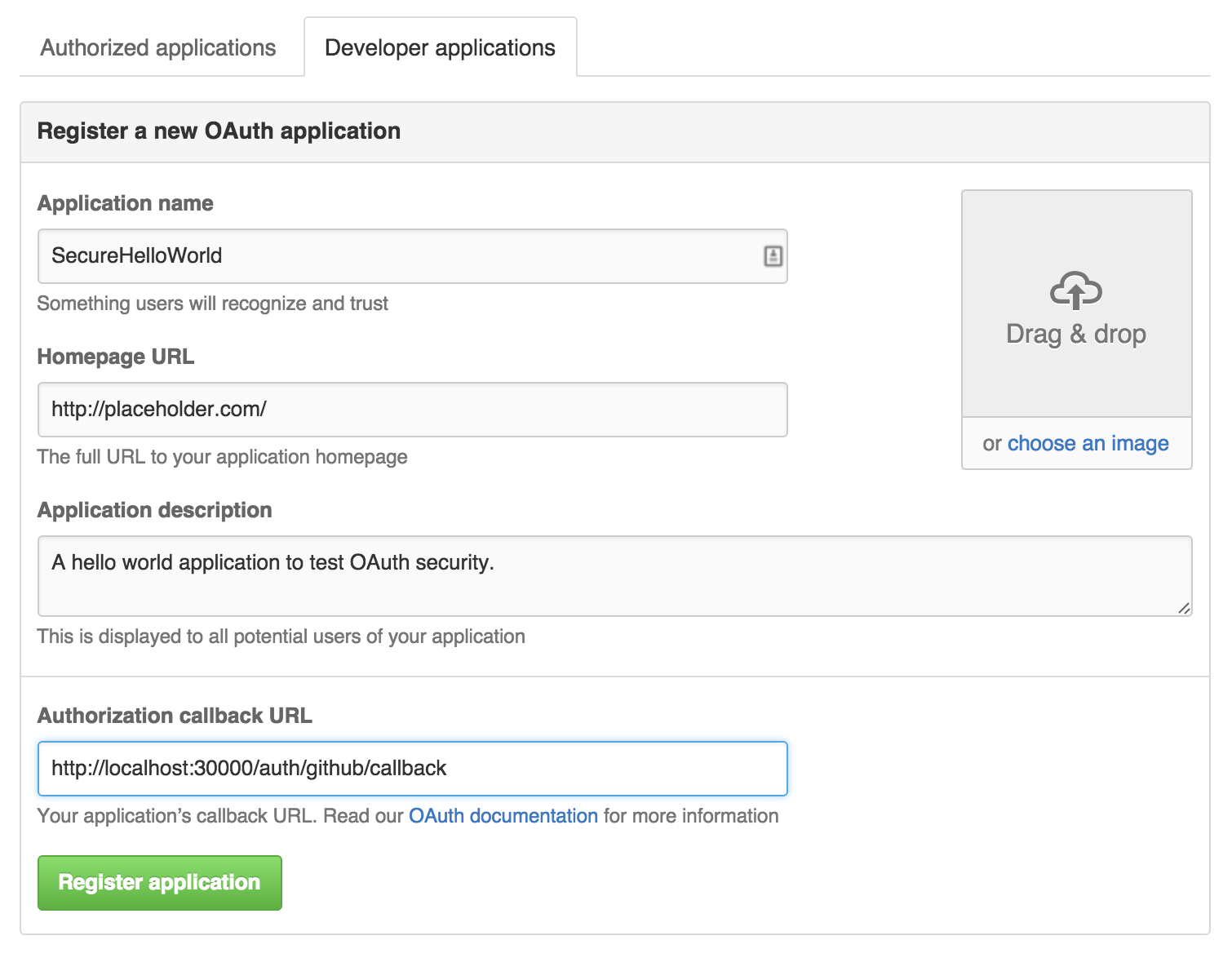
I read in other Stack Overflow posts that the issue could be due to Azure acting as a reverse proxy and blocking https traffic, so added the recommended line: app.set("trust proxy", 2) in my index.js file, but this did not resolve the issue. N c thit k thnh mt module v vy c th lm cho Passport d dng tch hp vo trong ng dng ca bn. This is my Frontend function which retrieves the req.user data: useEffect(() => )) Passport.js mt module linh hot nht ca Nodejs trong vic h tr xc thc ti khon (authentication). Passport Button Down Top Plaid Size Small. A comprehensive set of strategies support authentication using a username and password, Facebook, Twitter, and more. Extremely flexible and modular, Passport can be unobtrusively dropped in to any Express -based web application. Passport Shirt Womens Size Large Red Multi-color Plaid Button Front Pearl Snap. Passport is authentication middleware for Node.js. On Azure, both front and backend web services are set to run over https in the Azure settings config. Passport Shirt Womens Size Large Blue And White Plaid Pearl Snap Button Front. Running locally, everything runs over http. The cookie is created in my browser, but then, for some reason, this is not then being passed to req.user in my 'success' route. I've console logged the value of user in the rializeUser function in the backend, and at that point in the flow, it has retrieved the user profile data from Google. The Passport.js Node Library It allows your users to sign up easily with email and password at no cost.


On Azure, however, when I try and retrieve the value of req.user from my Frontend (I use this data to control access to routes) it returns undefined. It has been the go-to solution for authentication in Node.js apps for many years with over 1.7 million weekly downloads.

I have setup OAuth to authenticate a user via Google, utilising the Passport middleware, and sets a cookie using the ssion middleware. Please note that ADFS needs to have a trust established to your service in order for this to work.įor more detailed instructions, see ADFS documentation.I have a React frontend running on one Azure Web app service, and a node backend running on another Azure Web app service.


 0 kommentar(er)
0 kommentar(er)
